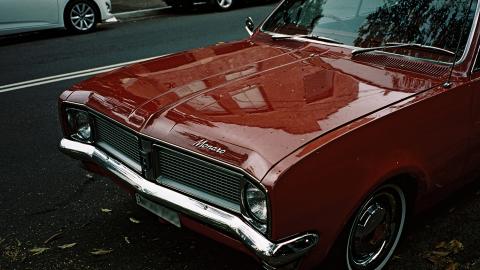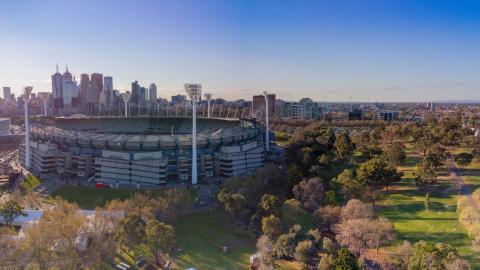
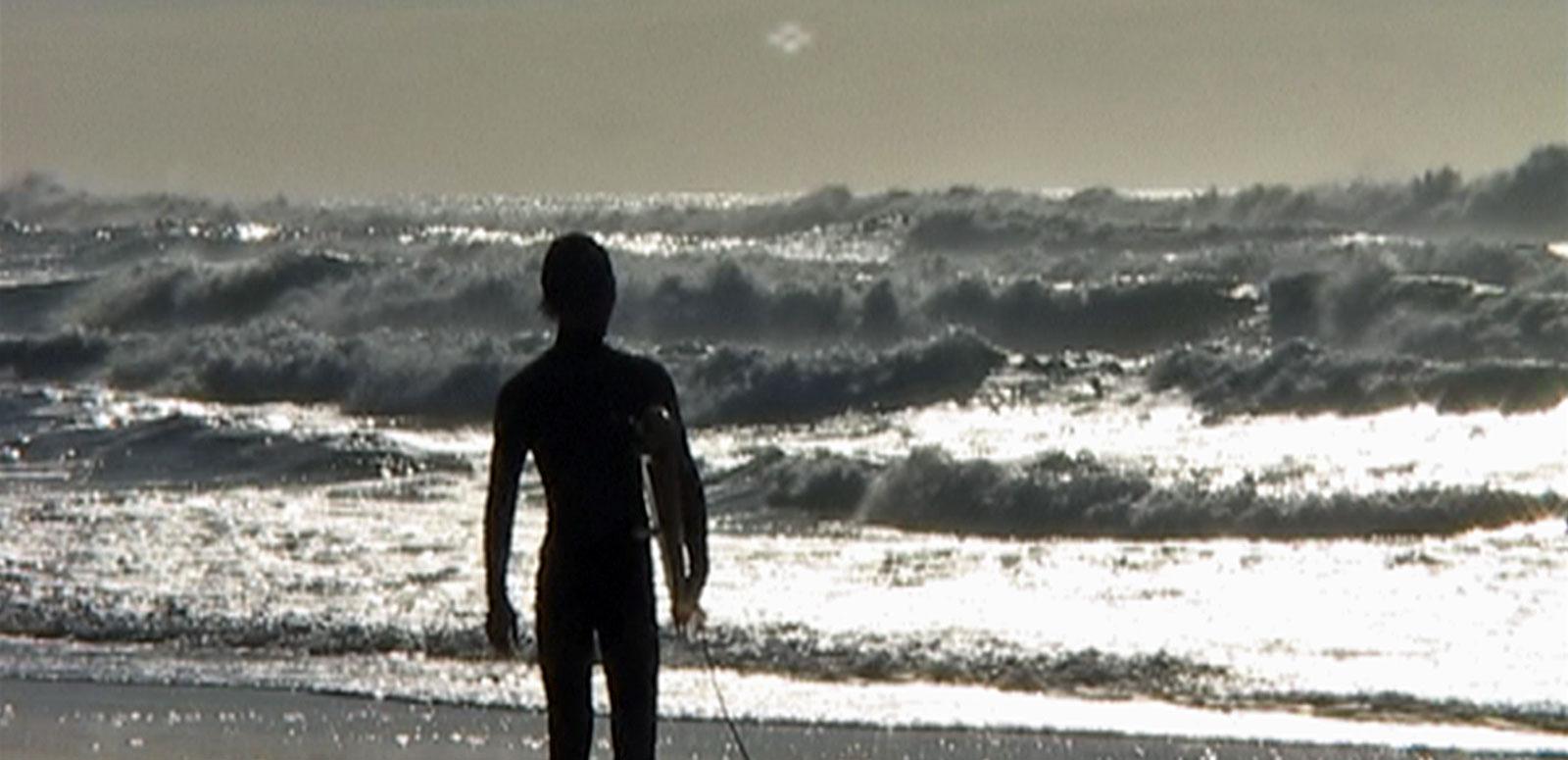
https://nginx-develop-nfsa2.govcms7.amazee.io/sites/default/files/collection/hero_image03-2018/surfing-hero-image_bondi-tsunami.jpg
Surfing in Australia
Surfing in Australia
Surf culture has been an important part of the Australian identity for over a century.
The influence of surfing can be seen in many of the films, music recordings and newsreels in the NFSA collection.
From clean-cut surf lifesavers in 1920s newsreels, to the psychedelic adventures of Captain Goodvibes in the 1970s, Australia’s fascination with surfing continues to influence popular culture well into the 21st century.
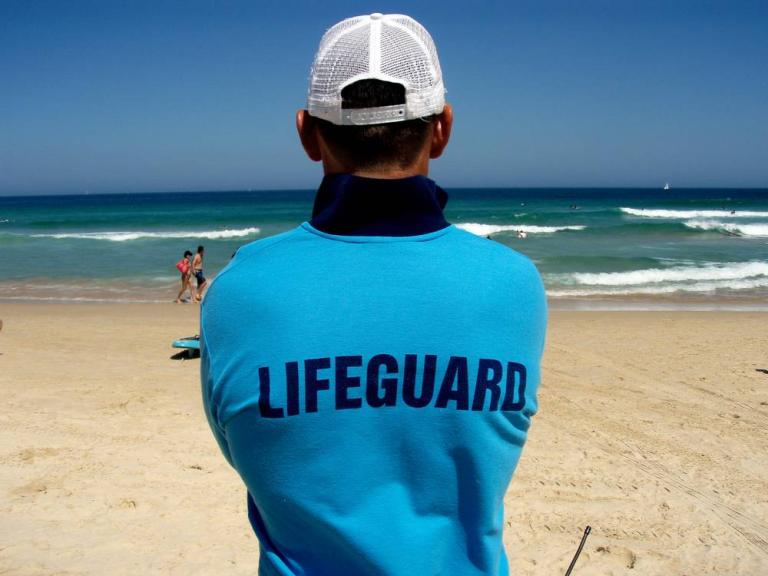
https://nginx-develop-nfsa2.govcms7.amazee.io/sites/default/files/11-2017/bondi_rescue_p1200028_display.jpg
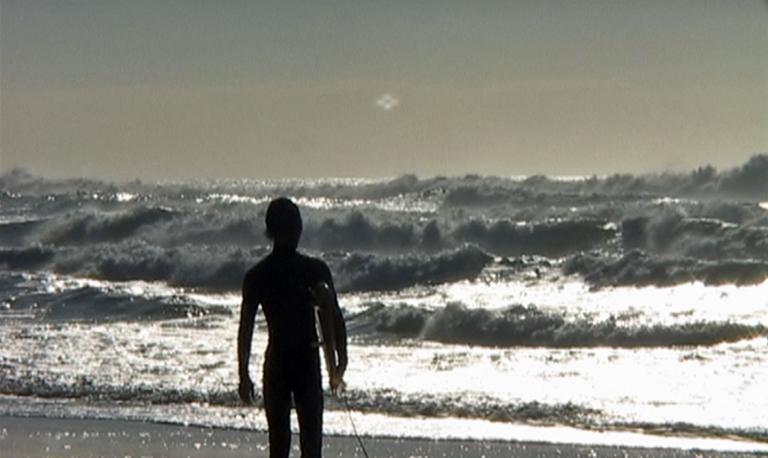
https://nginx-develop-nfsa2.govcms7.amazee.io/sites/default/files/03-2018/still-image_bondi-tsunami.jpg
The National Film and Sound Archive of Australia acknowledges Australia’s Aboriginal and Torres Strait Islander peoples as the Traditional Custodians of the land on which we work and live and gives respect to their Elders both past and present.

